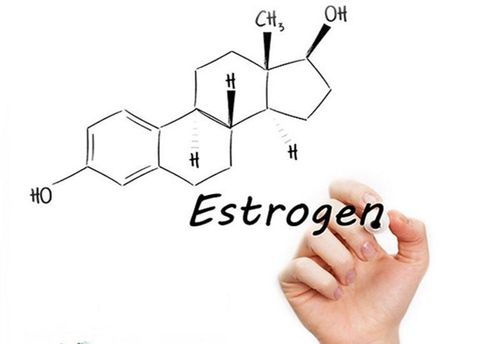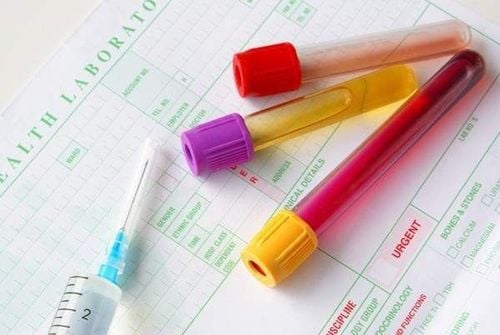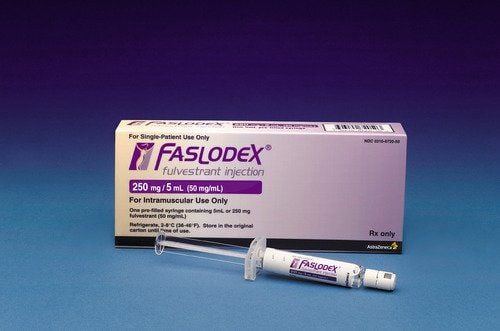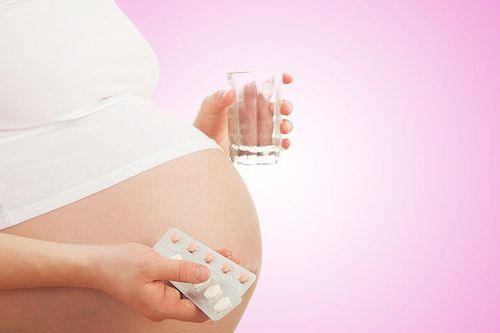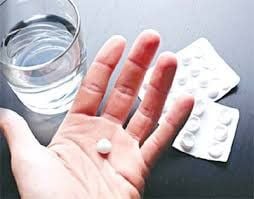This is an automatically translated article.
The article is professionally consulted by Master, Doctor Nguyen Thi Hong On - Obstetrician and Gynecologist - Department of Obstetrics and Gynecology - Vinmec Phu Quoc International General Hospital.Estrogen is a hormone that in women its concentration will change with age, not constant. So how does the change in estrogen levels with age take place, let's find out through the article below.
1. What is estrogen?
Estrogen is the name of a hormone in the human body. Hormones are chemical compounds secreted in the body that follow a humoral route to affect target organs. The amount and concentration of hormones are not constant, but change from time to time, from day to day, or even from day to day.
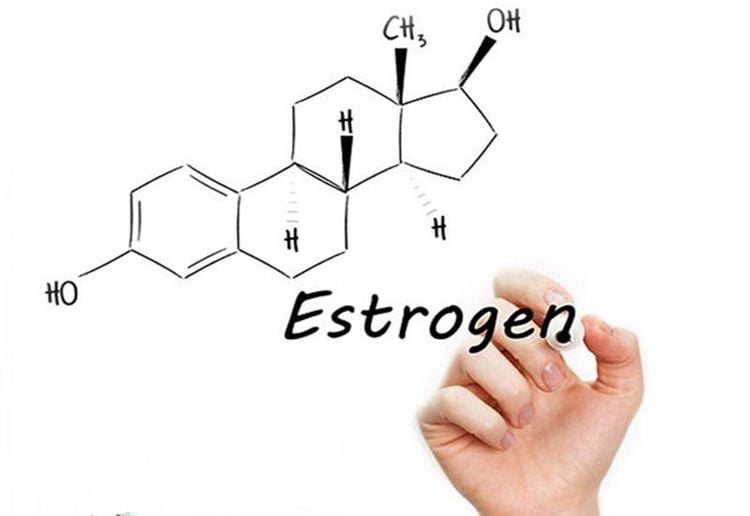
Estrogen không phải hằng định mà thay đổi theo giai đoạn
Estrogen is a type of hormone, including the compounds estriol, estradiol and estrone:
Estriol is secreted by the placenta, so it only appears when a woman is pregnant. In addition, extremely small amounts of estriol, a byproduct, are also produced when the body uses estradiol. There is no way for the body to make estradiol or estrone from estriol. Estradiol is the primary sex hormone in girls and women of childbearing age, produced from the developing follicles of the ovaries. Estradiol shapes female sex characteristics as well as sexual performance. In addition, estradiol is also important for women's bone growth, and it has also been linked to most gynecological problems, including endometriosis, fibroids, and even other types of cancer. cancer in women. The body is capable of converting estradiol to estrone, and vice versa from estrone to estradiol. Estrone occurs widely throughout the body, and is the main type of estrogen in post-menopausal women. The ovaries are the main secretory source of estrogen, but not the only site of secretion. The body's adipose tissue also produces a certain amount of estrogen.
Normal estrogen levels can vary widely between women, and even within a woman, estrogen levels vary from day to day.
2. When do estrogen levels in the body increase?
As girls enter puberty, estrogen levels will increase, and girls' bodies will change with sex characteristics, such as breast development, developing curves body, butt growth, armpit, pubic hair growth,...
High estrogen levels are also seen in extremely obese women. Estrogen levels are also increased in healthy pregnant women. However, in some cases, increased estrogen levels are indicative of a medical condition, such as tumors of the ovaries or adrenal glands.
Certain medications, such as steroids, ampicillin, estrogen-containing drugs, phenothiazines, and tetracyclines, can increase the body's estrogen levels.
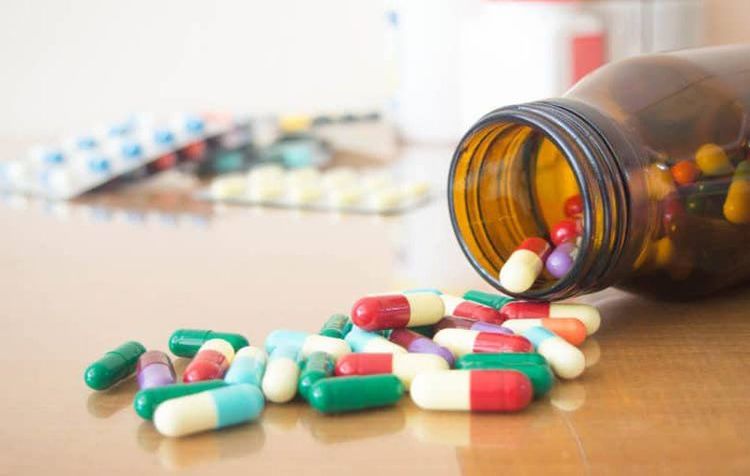
Dùng thuốc điều trị cũng có thể làm tăng nồng độ estrogen của cơ thể
3. When do estrogen levels drop?
There are many reasons for low estrogen levels, including:
Decreased gonadal function Impaired pituitary function Miscarriage (for estriol levels) Perimenopause and menopause (for estradiol) Polycystic ovarian syndrome (PCOS) Anorexia nervosa Physical activity or exercise Certain medications also reduce estrogen levels. In addition, a woman's estrogen levels also drop immediately after childbirth or while breastfeeding.
4. What are estrogen levels in menopause?
During menopause, a woman's estrogen levels drop, and this is a very natural process. Young women will also experience low estrogen levels if they undergo surgery to remove both ovaries, a phenomenon known as surgical menopause.
Perimenopause is the transitional period before a woman reaches menopause. The first decline in natural estrogen levels occurs at this stage, while many other changes occur. A woman entering perimenopause may experience weight gain, irregular periods, hot flashes, vaginal dryness, and more.
The average age of menopause in the United States is 51 years old. During menopause, a woman's body produces less estrogen and progesterone. The drop in estrogen levels during menopause is responsible for many unpleasant symptoms, including:
Hot flashes Vaginal dryness, or vaginal itching Loss of sexual interest Some women have There may be an emotional change (which may or may not be related to estrogen). Low estrogen levels can also increase the risk of heart disease, stroke, osteoporosis, and fractures in women.
5. Why are female athletes at risk of low estrogen levels?
Women with little body fat often don't secrete enough sex hormones, so this can become a real problem for female athletes, models, or fitness professionals. . Besides, it is also a problem for female patients with eating disorders.
As a result, these women can develop a phenomenon called amenorrhea, and they can also develop osteoporosis, fractures, and other problems that are common in older women who have gone through menopause.
If you suspect or experience any hormone-related problems, don't hesitate to see a specialist for proper diagnosis and intervention.
Please dial HOTLINE for more information or register for an appointment HERE. Download MyVinmec app to make appointments faster and to manage your bookings easily.
Article reference source: webmd.com



